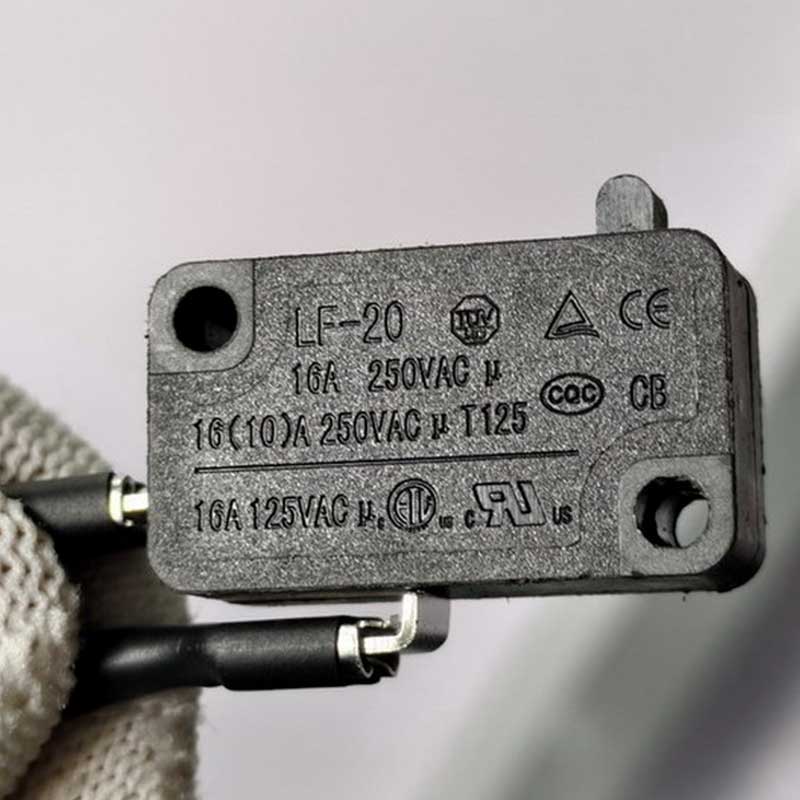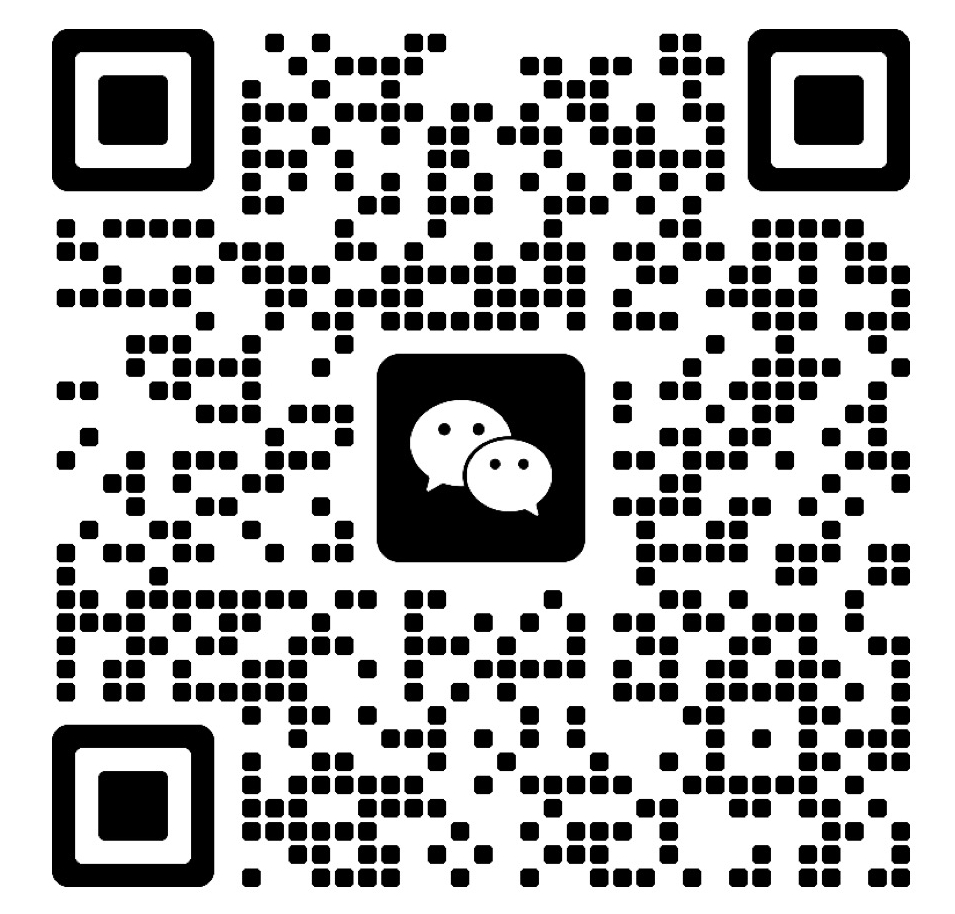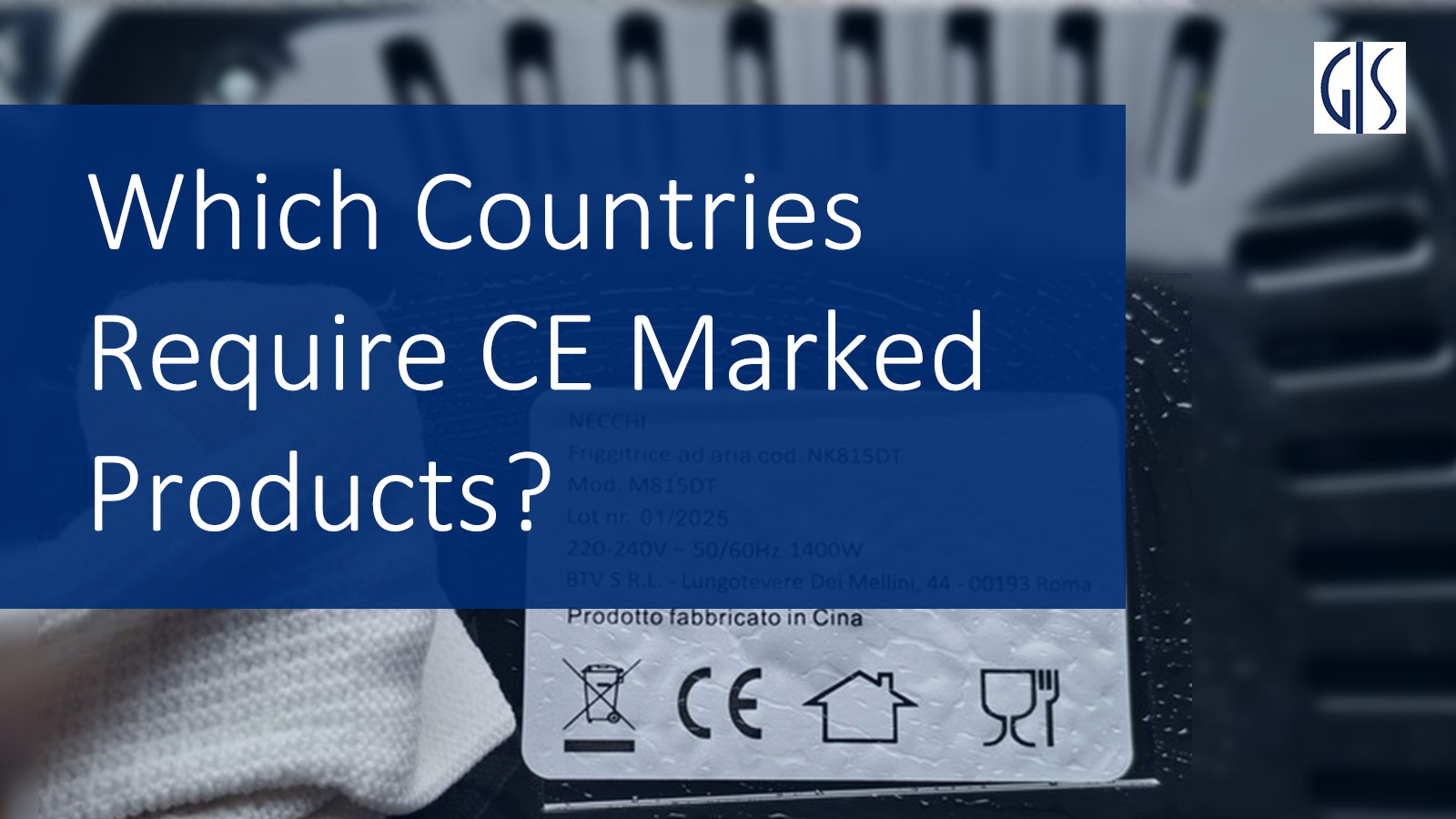
CE marking is mandatory for electronics, toys, medical devices, PPE, and many other products in the European Union (EU) and European Economic Area (EEA). It demonstrates that a product complies with all of the relevant European directives and is legal to sell within the European market.
In this guide, we explain what you need to know about the status of CE-marked products and EN standards in the United Kingdom, Turkey, Israel, Switzerland, Singapore, Australia, the United States, and elsewhere.
What is CE marking (the CE mark)?
CE marking is a marking on specific products indicating that the manufacturer declares compliance of that product with the relevant European product safety legislation. It is required for specific product categories before they can be legally sold or distributed in the European Economic Area (EEA), Turkey, and Northern Ireland.
They signify that products sold in the EEA have been assessed to meet high safety, health, and environmental protection requirements.
Which Countries Require CE Marked Products?
Currently, the CE mark is mandatory for market access in 30 countries, including 27 Member States of the European Union and three non-EU countries that are part of the European Free Trade Association (EFTA).
European Union Member States
EU Member States that require the CE mark for certain product groups, including electrical or electronic devices, include the following countries:
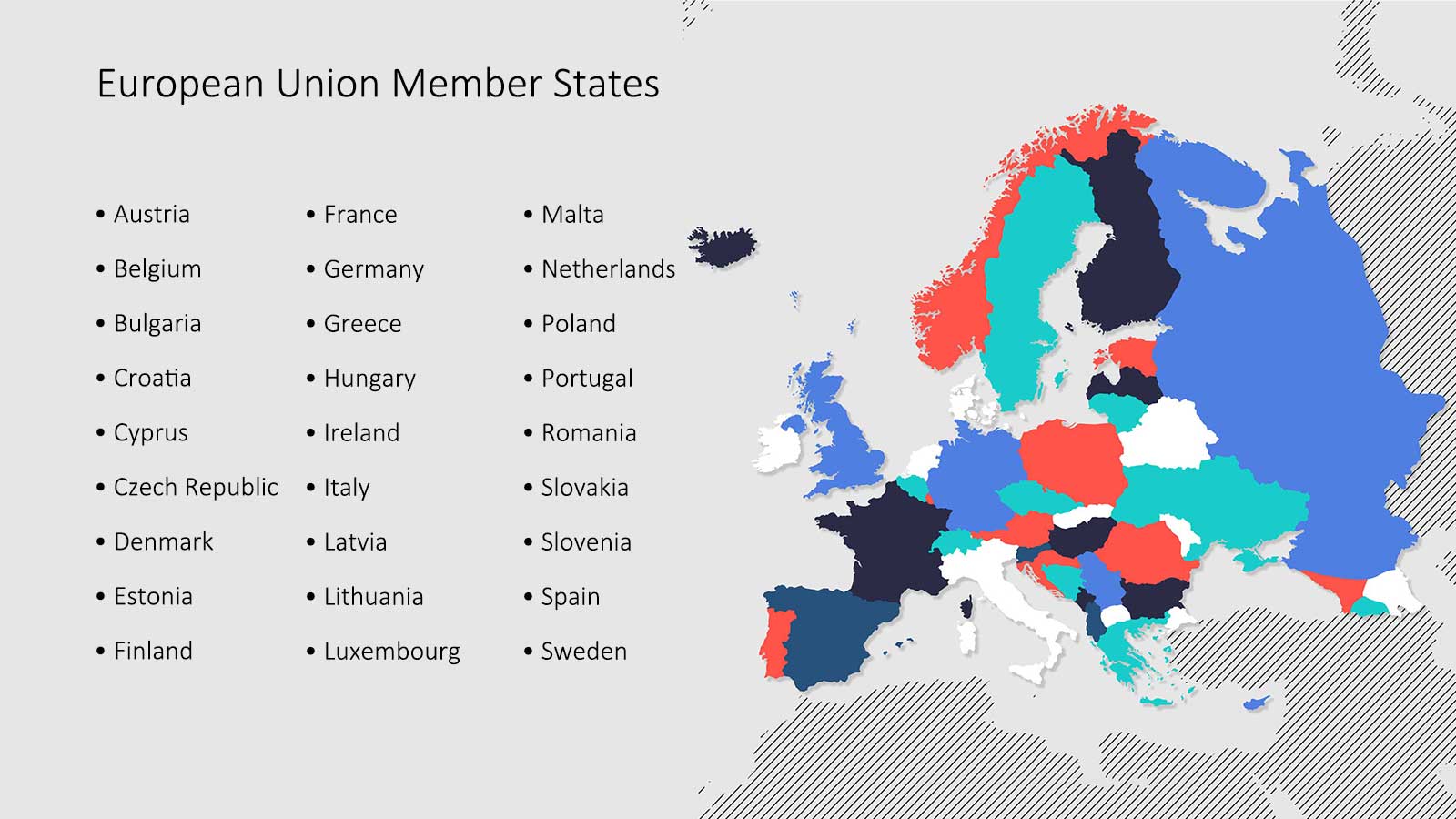
The CE mark is also mandatory for products subject to EU directives sold in the following EFTA countries:
- Iceland
- Liechtenstein
- Norway
The CE mark is a mandatory compliance mark for products that are regulated by one or more of the CE marking Directives or Regulations in the EU. Currently, there are more than 20 CE marking directives or regulations in the EU, covering consumer and industrial products such as:
- Toys
- Electronics
- Personal protective equipment
- Machinery
- Medical devices
Importers and manufacturers must make sure to complete the necessary steps to ensure product compliance, before applying the CE mark to their products or product packaging. This might include:
a. Ensure that the product conforms to relevant technical requirements, for example by complying with applicable harmonized standards
b. Determine whether a notified body is needed
c. Perform necessary lab testing and obtain a valid test report
d. Prepare a technical file
e. Prepare a Declaration of Conformity (DoC)
b. Ensure the product and packaging include the correct marks, labeling information, and warnings
g. Draft user instructions
United Kingdom
The United Kingdom formally left the European Union on the 31 January 2020, then plans have been implemented for the introduction of a United Kingdom Conformity Assessment (UKCA)Mark.
UKCA will replace the CE mark, and be required on products subject to the UK equivalent legislation to all of the EU Directives/Regulations that require CE marking, but for Northern lreland the CE mark will continue to be used.
On November 14, 2022, the UK government announced another extension to the deadline for applying the UKCA mark to manufactured goods.
Whilst the UKCA mark can be used now, this extension means businesses can choose to use the CE mark until December 31, 2024.
In addition, businesses will be allowed to affix the UKCA mark and include importer information for products from EEA countries on an accompanying document or label until December 31, 2027.
Conformity assessment activities for CE marking undertaken by December 31, 2024 can be used by manufacturers as the basis for the UKCA marking, until December 31, 2027.
Read the UK government’s announcement in full: Businesses to be given UK product marking flexibility - GOV.UK
Product areas covered by the UKCA marking
This page applies to the following areas:
- toys
- pyrotechnics
- recreational craft and personal watercraft
- simple pressure vessels
- electromagnetic compatibility
- non-automatic weighing instruments
- measuring instruments
- measuring container bottles
- lifts
- equipment for potentially explosive atmospheres (UKEX)
- radio equipment
- pressure equipment
- personal protective equipment (PPE)
- gas appliances
- machinery
- equipment for use outdoors
- aerosol dispensers
- low voltage electrical equipment
The UKCA does not apply to regulations for:
- medical devices
- construction products
- marine equipment
- rail products
- cableways
- transportable pressure equipment
- unmanned aircraft systems
- hazardous substances (RoHS).
- ecodesign
- civil explosives
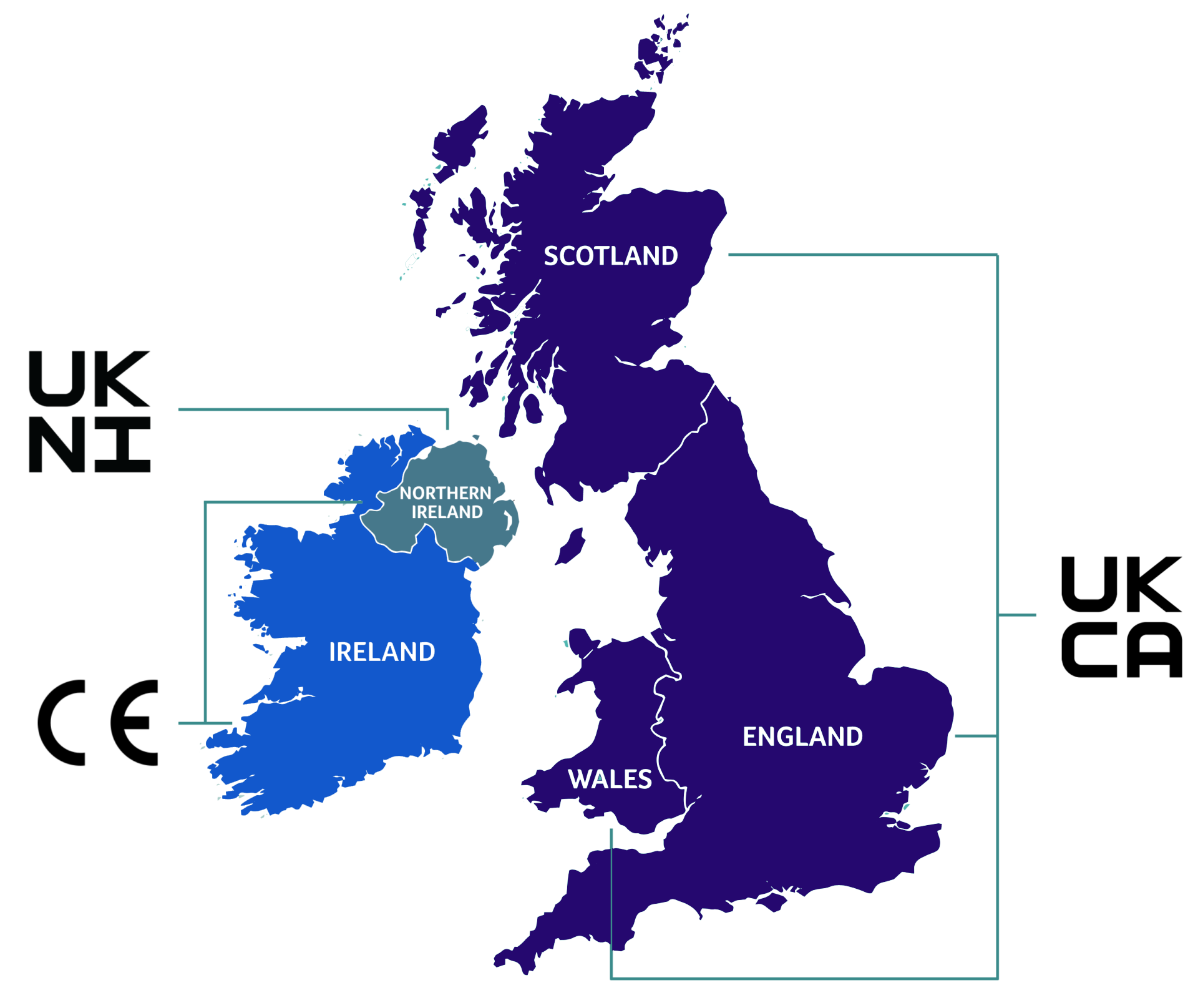
Selling products in Great Britain
The UKCA marking is the conformity marking used for products being placed on the market in Great Britain (England, Scotland and Wales). The UKCA regime has been operational since 1 January 2021 and, from this date, where a product is covered by the UKCA marking and meets the relevant requirements, you are able to place the UKCA marking on your product and then place the product on the GB market.
The UKCA marking applies to most products for which the CE marking can also be used. It also applies to aerosol dispensers and measuring container bottles, for which the reversed epsilon marking can also be used. The technical requirements (sometimes referred to as ‘essential requirements’) you must meet for the UKCA marking will depend on the product-specific legislation for your product.
Selling products in Northern Ireland
For products that can use a UKCA marking in Great Britain, these must meet EU rules in Northern Ireland, including a CE marking.
Israel
The EU has signed Mutual Recognition Agreements (MRAs) with Israel. The purpose of the MRAs is to encourage the free trade in goods, facilitate market access, and harmonization of standards between the EU and Israel.
The MRAs between Israel and the EU establish conditions under which both parties should recognize the conformity assessment results, including the testing or certification performed by the EU or Israeli designated conformity assessment bodies (CABs). Currently, the MRAs between Israel and the EU cover the products such as:
- Converters for the reception of television broadcasts
- TV receiver set-top boxes
- Video streamers
- Cosmetics
- Industrial chemicals
- Medicinal products
- Food additives
As for the electronic devices listed above, they are exempted from the Israeli type approval if they comply with the EU Radio Equipment Directive.
Turkey
Even though Turkey is not a member state in the European Union, it adopted the CE marking system and made it mandatory in the country. The CE marking Regulation of Turkey applies to products that are covered by the EU directives or regulations that specify the requirements on CE mark.
The CE marking regulation of Turkey specifies the conformity assessment and obligations of each party of the products that are subject to the CE marking framework.
Importers and manufacturers should comply with requirements such as:
- Draw up technical documentation
- Carry out conformity assessment procedure
- Draw up a DoC
- Affix the CE marking and instruction label to the product
Keep the technical documentation and the DoC for a period specified in the relevant technical regulation
Switzerland
Switzerland has signed Mutual Recognition Agreements (MRAs) with the EU. The MRAs between Switzerland and the EU cover the harmonization between the Swiss and the EU requirements for products under the agreement.
This means that the conformity assessment procedure can be carried out according to EU requirements and performed by an EU conformity assessment body recognized under the agreement, or vice-versa.
The MRAs between Switzerland and the EU cover product categories such as:
- Machinery
- Medical devices
- Electrical equipment
- Construction products
- Lifts
- Biocidal products
As an example, importers and manufacturers of radio devices are required to either comply with the Swiss conformity mark (CH Mark) framework or with the CE marking framework.
However, for products where the Swiss and EU legislations are not harmonized, such as hot water boilers or measuring instruments, the products must be manufactured according to Swiss requirements when being imported or manufactured in Switzerland.
Norway
Even though Norway is not a member state of the European Union, it is part of the European Free Trade Association. Norway follows the requirements of the CE marking framework. This means companies that are importing or manufacturing products that are covered by the CE marking directives or regulations in Norway, must comply with such requirements, including:
- Conformity assessment procedure
- Technical documentation
- DoC
- CE marking label
Iceland
Iceland is not a member of the European Union. It is part of the European Free Trade Association, as Norway. Also in Iceland’s case, products covered by one or more of the CE marking directives or regulations must be compliant with relevant CE marking requirements such as:
- Conformity assessment procedure
- Technical documentation
- DoC
- CE marking label
Republic of Macedonia
The Republic of Macedonia is currently an EU candidate country, which means its membership is still to be confirmed. However, it already enforces CE marking directive and regulations.
Importers or manufacturers in the Republic of Macedonia must check whether the products are covered under any CE marking directives or regulations. If so, they should comply with the relevant requirements.
Serbia
Although Serbia is not a member of the European Union (EU), it aligns with many EU directives and CE marking regulations through its efforts to harmonize laws with the EU as part of its accession process.
Currently, Serbia adopts CE marking directives and regulations for specific categories of products, including:
- Electrical and Electronic Equipment
- Toys
- Personal Protective Equipment (PPE)
- Construction products
- Machinery and Industrial Equipment
- Medical Devices
- Pressure equipment
- Lifts
This means that these products must comply with the requirements of the relevant CE marking directives and regulations, including having a DoC and bearing CE mark before being sold in Serbia.
Montenegro
Montenegro is not a member of the European Union and it has its own standardization system. Currently, Montenegro allows electronic devices compliant with the EU Electromagnetic Compatibility Directive (EMC Directive) and bearing the CE mark to be imported into Montenegro without further Type Approval.
Additional requirements for importers or manufacturers include:
a. Products must have a user manual written in the Montenegrin language
b. Products must contain a warning or safety statements in the Montenegrin language, when relevant
Products that are covered by the EU EMC Directive include:
- AC adapters
- Electronic bikes
- Electrical motors
Singapore
Singapore does not have any Mutual Recognition Agreements (MRAs) with the EU. Currently, it does not accept the CE mark.
However, the Singapore Consumer Protection (Consumer Goods Safety Requirements) Regulations (CGSR) recognizes EN standards, ASTM standards, ISO standards, and IEC standards as the safety standards for general consumer goods.
Meanwhile, the procedure of IDA (Infocomm Development Authority of Singapore) approval for telecommunication equipment is based on the technical requirements of the EU Radio Equipment Directive (RED).
Therefore, even though the CE mark has no legal validity, if you have already tested your product for relevant EN standards, you might be able to use the test reports to show compliance with Singaporean regulations.
Australia
Australia has an independent requirement for approval certification. Therefore, the CE mark cannot be used as a basis for compliance.
However, the test methods of many AS/NZS standards are similar to the test methods set by equivalent EN standards. In practice, this means that if you have valid test reports for EN standards, you might just need to do partial testing in order to comply with AU/NZ standards.
Also, Australia’s medicine and therapeutic regulatory agency, the Therapeutic Goods Administration (TGA) accepts CE conformity assessment and documentation for medical devices under the EU Medical Devices Regulation (MDR).
Canada
Canada has signed a Comprehensive Economic and Trade Agreement (CETA) with the EU in 2017 that facilitates free trade and market entry for both markets. This does not mean that the CE mark is recognized by Canada.
However, the regulatory bodies of Canada might accept EN standards as the testing standards for certain products. For example, Canada’s Children’s Jeweler Regulations (SOR/2018-82) accepts EN 71-3: Specification for migration of certain elements as the testing standard for children’s jewelry sold in Canada.
With that being said, manufacturers or importers of children’s jewelry or other products should still conform to the general requirements set out by the Canadian regulations, including for labeling and certification requirements.
Unite States
The CE mark is not recognized in the United States. Products that are sold in the United States have to comply with relevant federal or state-enforced standards and regulations, such as General consumer goods, children's products, electrical appliances, FCC for electrical and electronic equipment.
Conclusion: Which Countries Require CE Marked Products?
The CE mark is a mandatory conformity marking for products sold within the European Economic Area (EEA). It indicates that a product meets EU safety, health, and environmental protection requirements.
Countries that require CE-marked products include:
European Union (EU) Member States (27 Countries) and
European Free Trade Association (EFTA) Countries: Iceland, Liechtenstein, Norway
Other Countries Recognizing or Accepting CE Marking:
- Turkey (requires CE marking under the EU-Turkey Customs Union agreement)
- United Kingdom (for Northern Ireland under the NI Protocol, CE marking is still recognized. However, Great Britain uses the UKCA mark post-Brexit.)
If a product, which falls under the CE marking obligation, is not affixed with the CE marking or is unlawfully affixed with the CE marking, the government of the specific member state can enforce measures. Products can be withdrawn from the market and penalties can be imposed.
GIS Inspection is a leading third-party quality control inspection agency in China. We provide comprehensive quality control services to help buyers ensure their products meet CE marking requirements.
Through pre-production inspection, during production inspection, and pre-shipment inspections, GIS Inspection verifies that products align with relevant EU directives. GIS Inspection inspects product labeling and appearance, ensuring that the CE mark is correctly applied, legible, and compliant with EU regulations.
